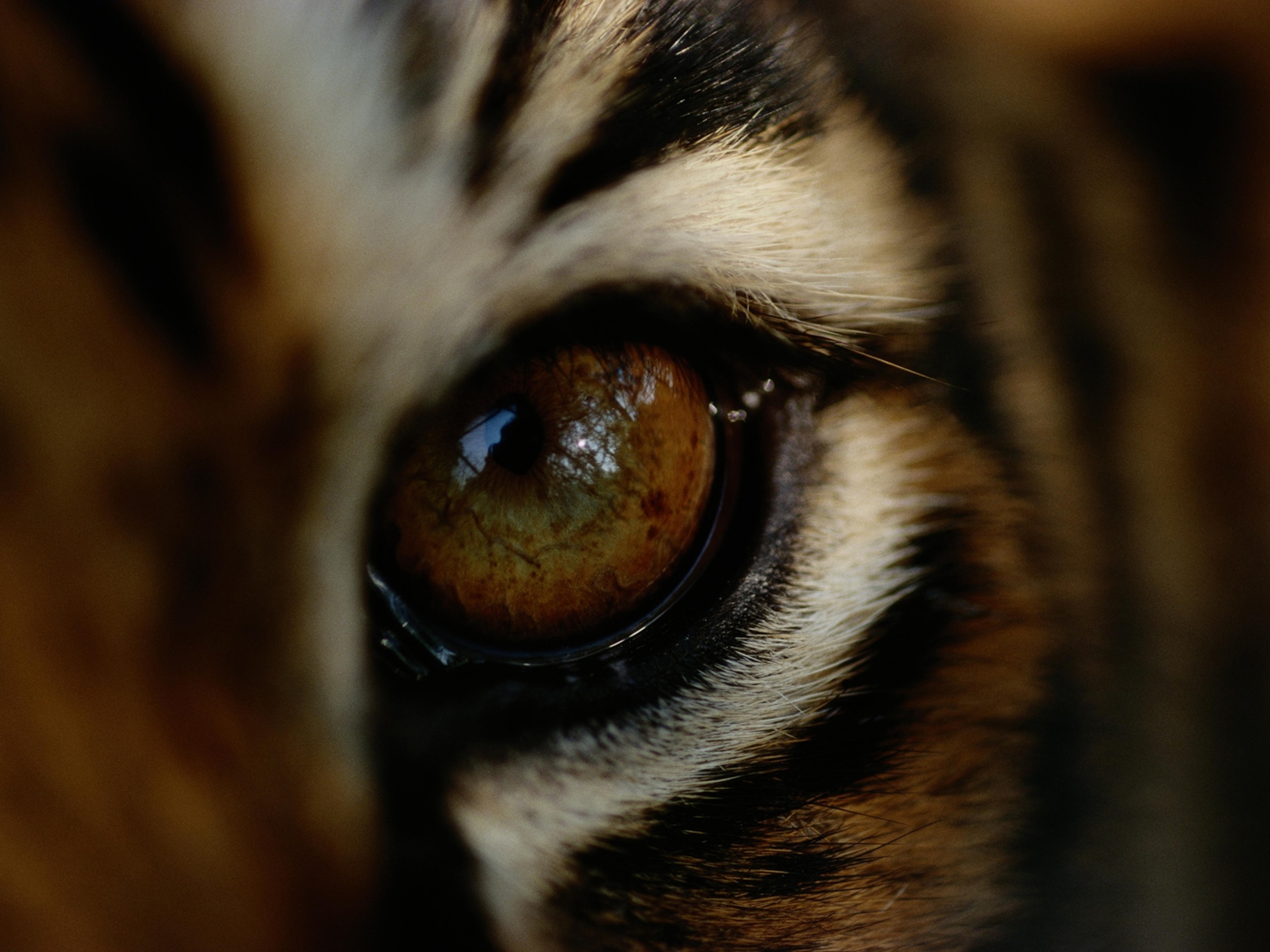
When Matchmaking Is for a Good Cause: Staving Off Extinction
Red pandas are endangered in the wild. But in zoos’ captive-breeding programs, they’re protected, procreating—and replenishing the species.
Sundar is his name; Khusi is hers. Matchmakers in New Zealand introduced them—in the red panda habitat of the Wellington Zoo. Objective: reproduction.
Global networks of captive-breeding programs share and pair animals, hoping to replenish at-risk species and foster genetic diversity. When Sundar and Khusi came from other zoos to Wellington in 2015, they “got on very well together,” says Maxine Jenkins, the zoo’s carnivore team leader. Even so, starting a red panda family can take time because females are in heat only once a year—for just 24 hours.
On a July day in 2017, zookeepers noticed courting behaviors: loud vocalizations, Sundar forcing Khusi from a tree to the ground, trailing her for hours, and then … consummation(s). A few months later, more telltale signs: Khusi looked a little heavier and was gathering sticks and leaves for a nest.
On December 17 Khusi gave birth to a cub. His name is Ngima, a Nepali word meaning “sun in the sky.” Someday, Jenkins says, Ngima may “be part of the breeding program too.”
Red Pandas
Habitat/range: Ailurus fulgens—known by the names red panda, lesser panda, and fire fox—lives in parts of China, Bhutan, India, Myanmar, and Nepal. Its preferred habitat: gently sloping foothills, temperate forests, and an understory of bamboo (its chief food source).
Conservation status: The International Union for Conservation of Nature assesses the red panda as endangered. Estimates of its numbers in the wild range from 2,500 to 10,000. Its habitat has been degraded and fragmented by human activity; it is hunted for the pet trade and is vulnerable to disease spread by herders’ animals.
Other facts: In Bhutan some locals believe red pandas are reincarnations of Buddhist monks, and seeing one is a good omen.













